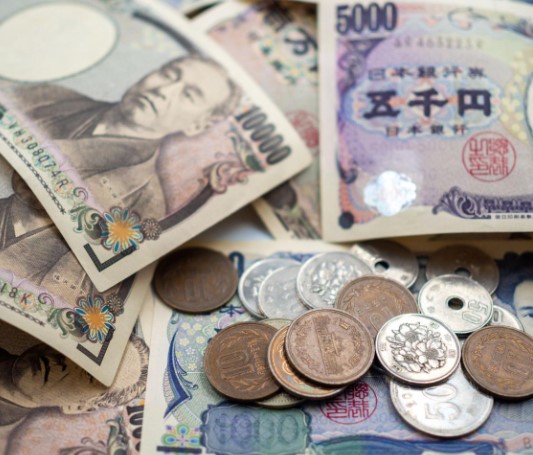Japanese yen - 10 interesting facts

Photo is illustrative in nature. From open sources.
Japanese yen - uniquea currency that has its own history, characteristics and significance in the global economy. In this article we will look at 10 interesting facts about the Japanese yen.
1.History of the Yen: The Japanese yen was introduced in 1871 after the Meiji Reforms, whenJapan began modernizing its economy and financial system.
2. Yen Symbol: The Japanese Yen symbol is ¥, which is a simplified image of a circle symbolizing a coin.
3. Banknotes and coins: Banknotes in circulation in Japan range from 1,000 to 10,000 yen, as well as coins from 1 to 500 yen.
4. Purchasing power: The Japanese yen has high purchasing power due to Japan's stable economy. It can be used to purchase goods and services around the world.
5. Reserve Currency: The yen is one of the world's major reserve currencies, used by central banks for various transactions.
6. Trading on International Markets: The Japanese Yen is often traded on the international currency markets as one of the major currency pairs.
7. Investing in Japan: Many investors use the Japanese yen to invest in Japanese stocks, bonds and other financial instruments.
8. Export and Import: The yen plays an important role in Japan's international trade by facilitating payments for the export and import of goods.
9. Tourism: In Japan, the yen can be easily exchanged for other currencies, making it convenient for tourists from all over the world.
10. Bank of Japan: The issuance and circulation of the Japanese yen is controlled by the Bank of Japan, which strives to maintain the stability of the national currency and economy.
The Japanese yen is not only a monetary unit, but also a symbol of the strength and stability of the Japanese economy. Its importance extends beyond Japan, making it an important element of the global financial system.
Read together with it:
- Собака Баскервилей - АудиокнигаЗнаменитое произведение Артура Конан Дойля, повесть Собака Баскервилей, была написана в 1902 году. Эта история повествует о загадочном расследовании странной смерти сэра Чарльза Баскервиля, в чьем роду ходила легенда о мистической, адской гончей. Данное произведение относится к детективному жанру и является частью цикла рассказов и повестей о великолепном сыщике Шерлоке Холмсе. В тексте также прис...
- Exchange rates in BelynichiThere is a small but very cozy city in Belarus - the city of Belynichi. Today we have added information on exchange rates in exchange offices of this city https://economic.dosrecob.com/exchange-rates/city/Belynichi At the moment we have found 2 points, we hope their number will grow. We also asked what is unusual and what isthe history of this city is the quintessence of our research: The city of ...

